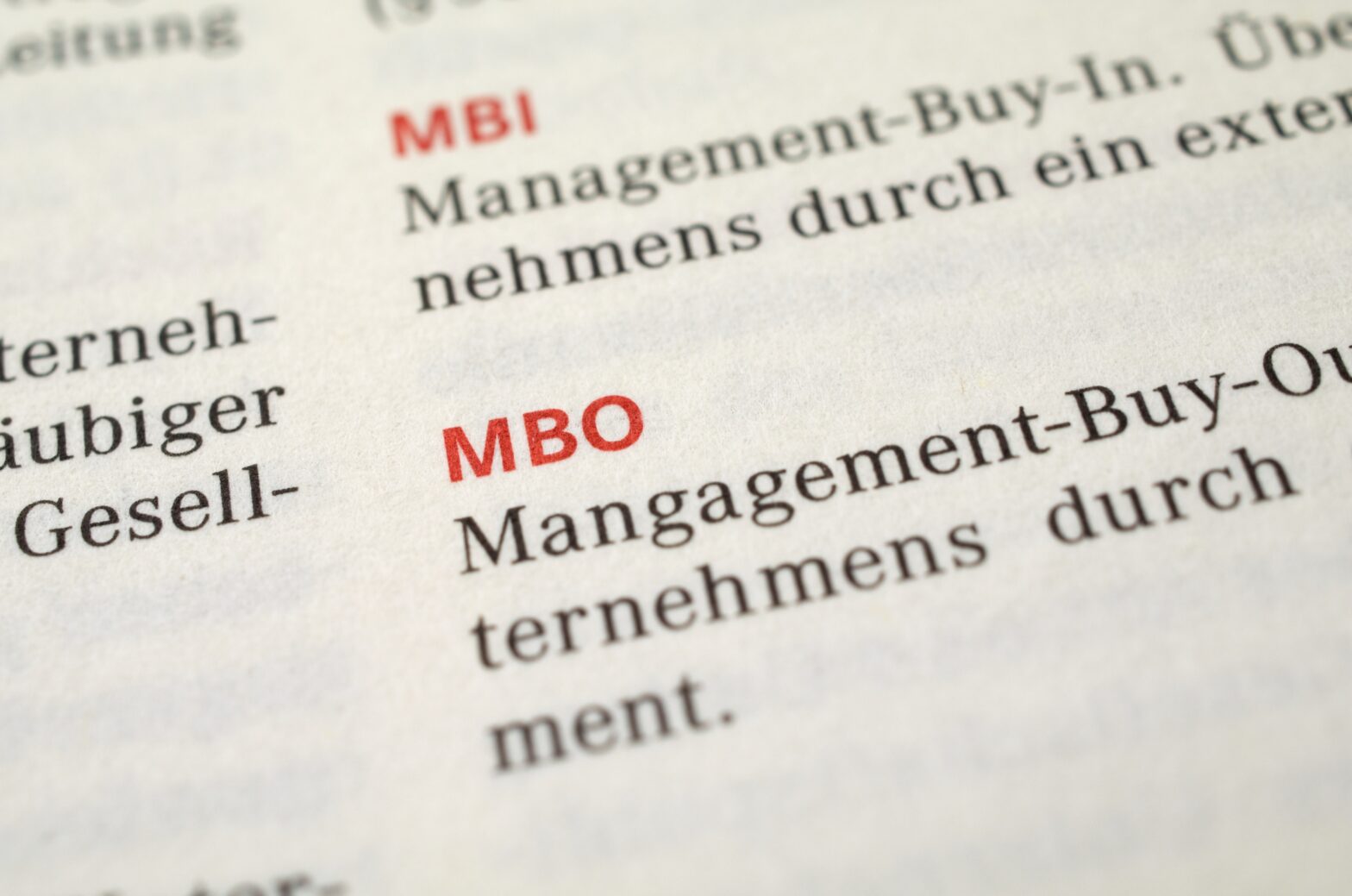When can 1 plus 1 equal minus 2? The answer is when two companies merge without fully anticipating the consequences and planning for change accordingly. The harsh reality of M&A, especially among mid-tier companies with less critical mass, is that the real hard work starts once the honeymoon is over.
Not that I’m an opponent of M&A, quite the contrary, but I believe mid-sized organisations must recognise in full the changes that the business will incur. Not least, its processes which must be made more robust from the word go.
The dangers of an overly rose-tinted M&A view are well publicised. As Laurence Capron, an INSEAD professor, said in a recent Forbes article, ‘CEOs are driven by power and making an impact…there’s so much uncertainty about what’s next, companies tend to jump on the bandwagon.’ The desire to grow and compete can often distort companies’ view of the risks.
For mid-sized companies, organisational slenderness when compared to large enterprises can be the downfall. A recent Chief Executive Magazine article highlighted the ‘higher pressures’ facing the mid-tier in terms of M&A. In the article, Mitchell Marks, a professor of business at San Francisco State University, points out that these organisations ‘lack the luxury of a large corporation’s corporate staff’, and the right people and resources to ‘manage the merger while keeping the business running’.
Critically, he argues that ‘the acquiring entity can be overwhelmed by the rigors and requirements of M&A integration’, stressing the frequent delusion that the deal is the difficult part.
‘As one of my CEO clients said, buying a company is fun; integrating it is hell,’ he concluded.
Deal back-log
In spite of these challenges and the recessional rollercoaster, the air in the mid-market is increasingly heavy with approaching M&A activity. Earlier this year Accountancy Age reported that mid-tier M&A was ‘showing signs of recovery in the UK’ with a swathe of deals valued between £10 million and £100 million. In the article, BDO corporate finance partner Alex White alluded to some of the reasons. ‘The mid market is less reliant on debt. We are seeing more demand from private and corporate buyers.
‘Companies have been building up cash and private equity firms have unprecedented amounts of cash to invest,’ he said.
Other recently cited reasons for M&A green shoots include more reasonable valuations and a backlog of exits among private equity firms. So how can the next wave of mid-tier M&A pioneers ensure they achieve positive outcomes?
The crux of long-term success is working out at the very beginning what needs to change in terms of the structure and process of the business to meet the demands of a larger and more complex organisation. When I say ‘from the start’, I mean that these questions and considerations should actually be taking place during the due diligence process as well as once the deal is done.
Success cannot be founded on a ‘we’ll deal with the detail later’ attitude. Of course due diligence is carried out but to what degree? The process will look at the balance sheet but does it look in-depth at the business processes within the organisation? I’d hazard that the answer here is often no.
Finance issues
The stability of financial processes is one critical area of concern. Many mid-sized enterprises still rely on a high degree of manual intervention here – from issuing purchase orders, processing invoices, matching the two and ultimately managing cash flow.
These businesses are of a size where this is still manageable and the manual cost does not exceed the cost of change. But if two like-sized organisations merge this may take the resultant organisation beyond the tipping point of manual feasibility. Suddenly, processing costs and timescales become untenable. But without careful forethought, the systems required to automate, or indeed the budget to buy them, is not factored into the cost of the deal. Earlier consideration of changes means that the merging organisations can not only factor in all merger costs, but look for efficiency opportunities in its financial processes post-merger.
Purchasing power is another critical area of change. A merger can lead to an effective doubling of spend as two organisations become one. Not only that, it can lead to the doubling of contracts and suppliers across many of the same purchasing categories.
There might also be a clash in the way the two companies purchase. One might be centrally organised – through an administrative procurement function. The other might be led by departments and uncoordinated. Whatever these differences may be, the organisation’s increase in spend and opportunity to rationalise contracts and suppliers is significant. Once again, planning for post merger procurement early on can pay dividends in highlighting the benefits of the merger and quantifying its likely efficiency outcomes.
Technology is of course a key consideration in these scenarios. A merger can also mean the difference between operating with relatively simple accounting systems, to needing specialist sourcing and purchasing systems that streamline manual accounts payable functions, optimise and manage suppliers and also bring purchasing under control.
M&A is an attractive growth plan for mid-sized organisations in the current climate. But for the sum of the new organisation’s parts to be positive, not negative, its financial and purchasing processes must be analysed and developed for change early on in the courtship.
See also: The golden rules of a management buyout – what to do now







